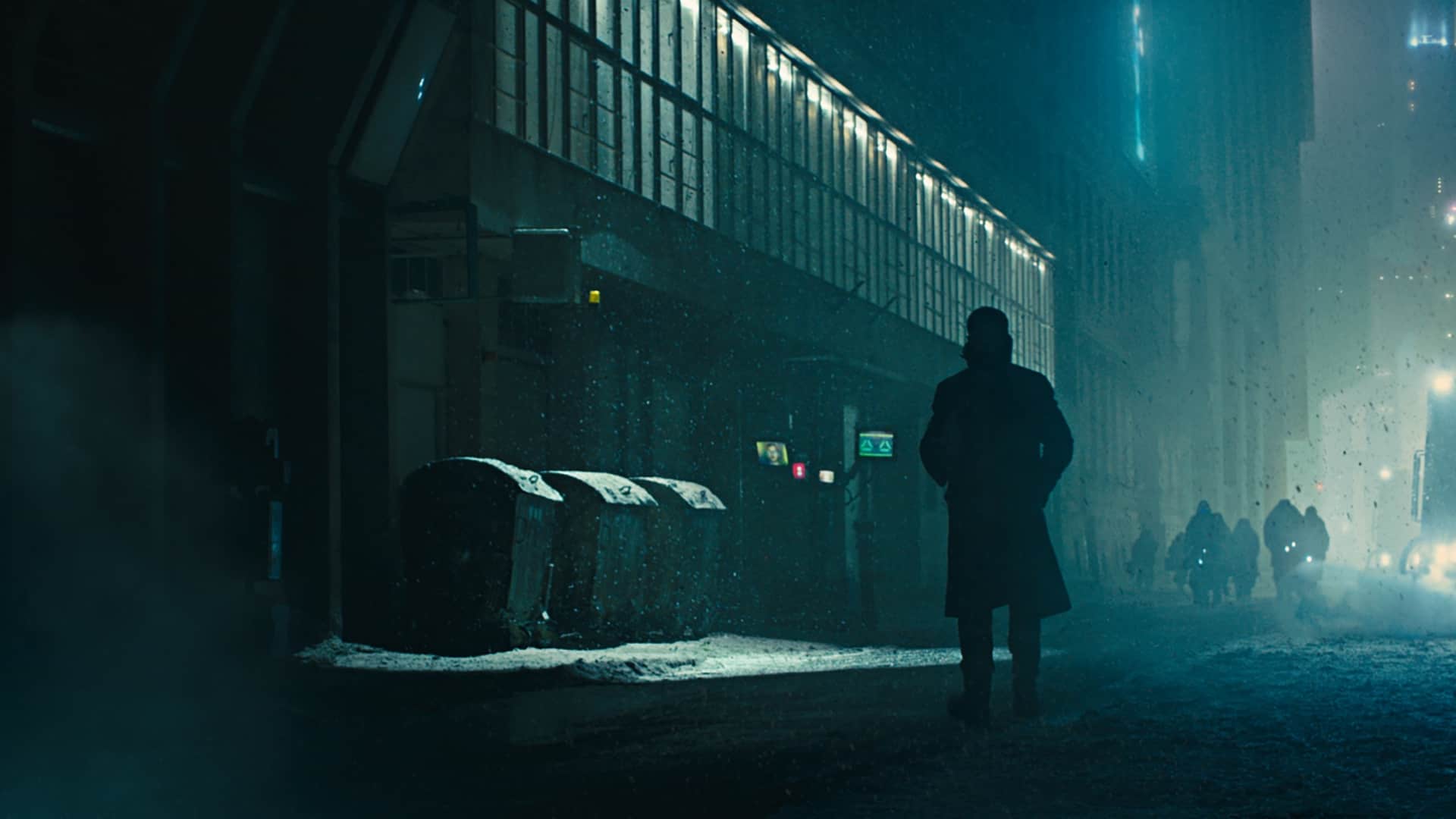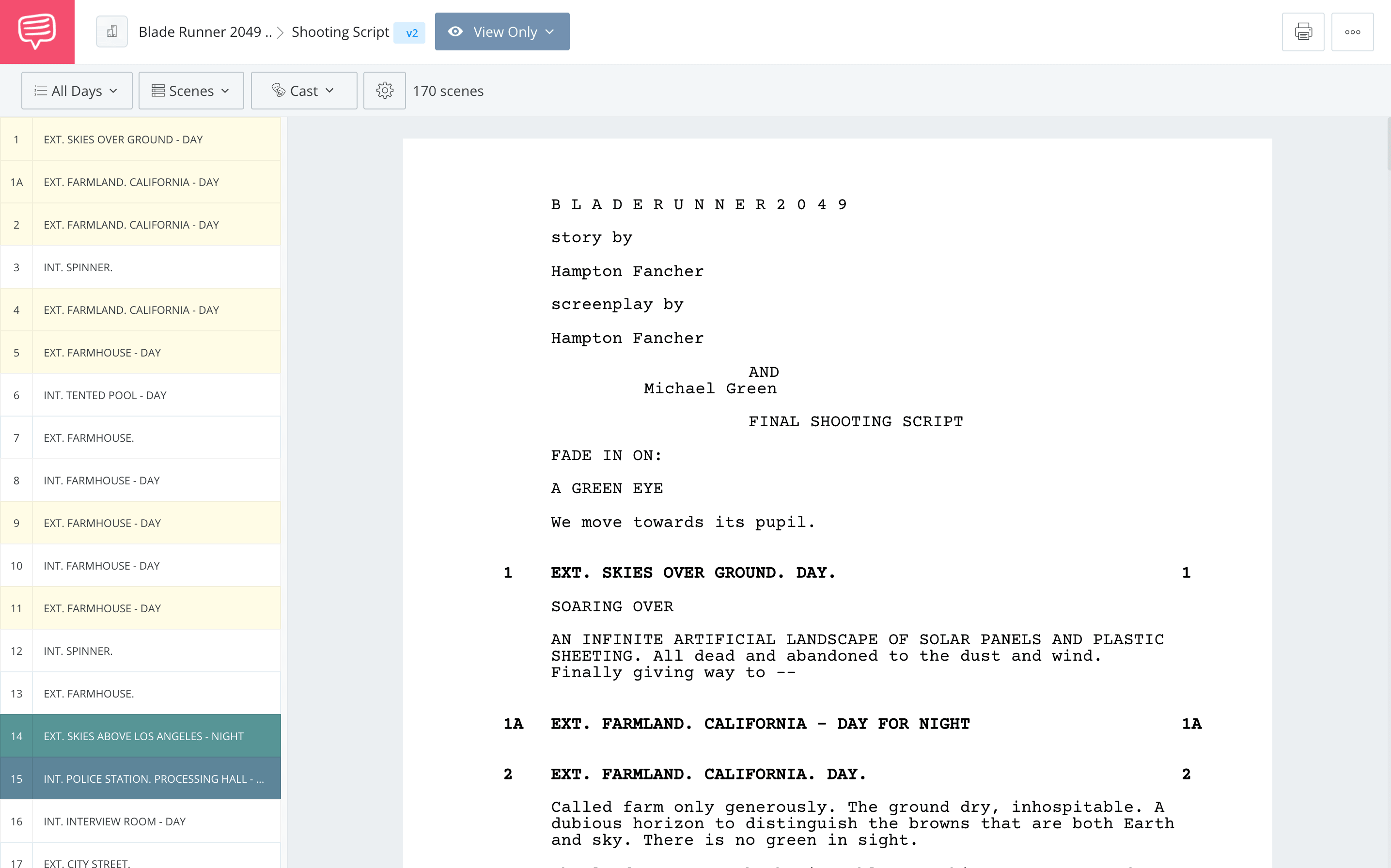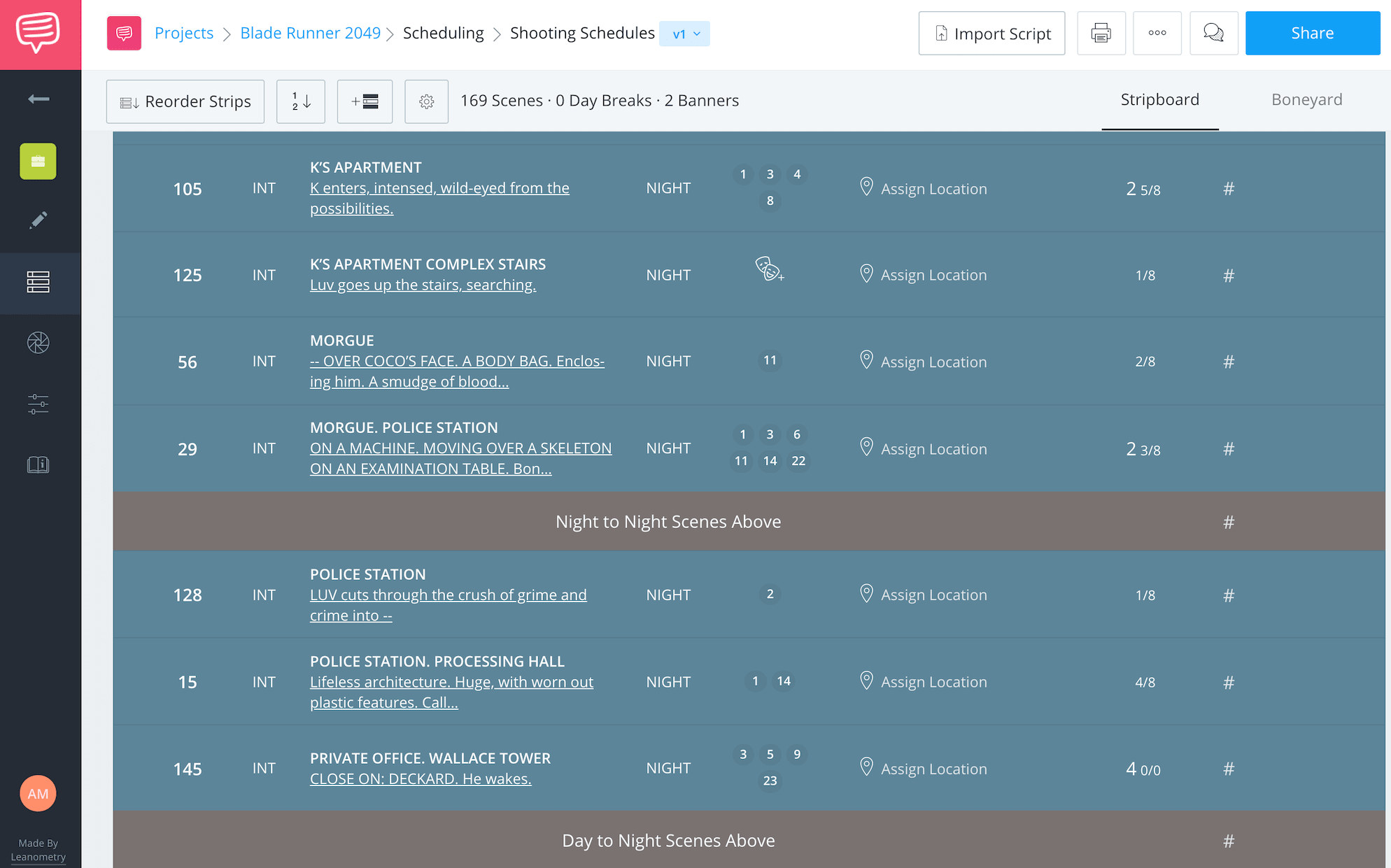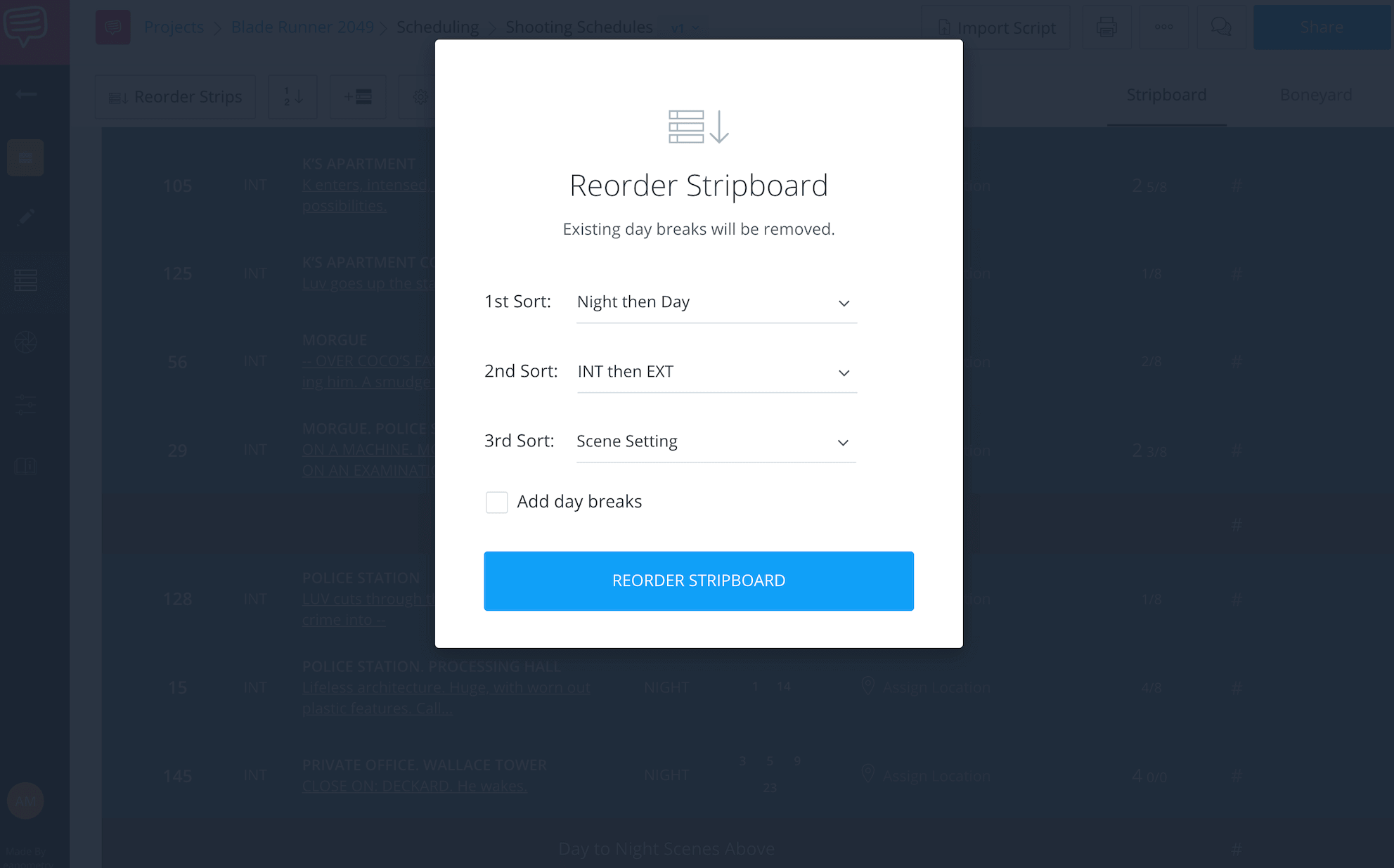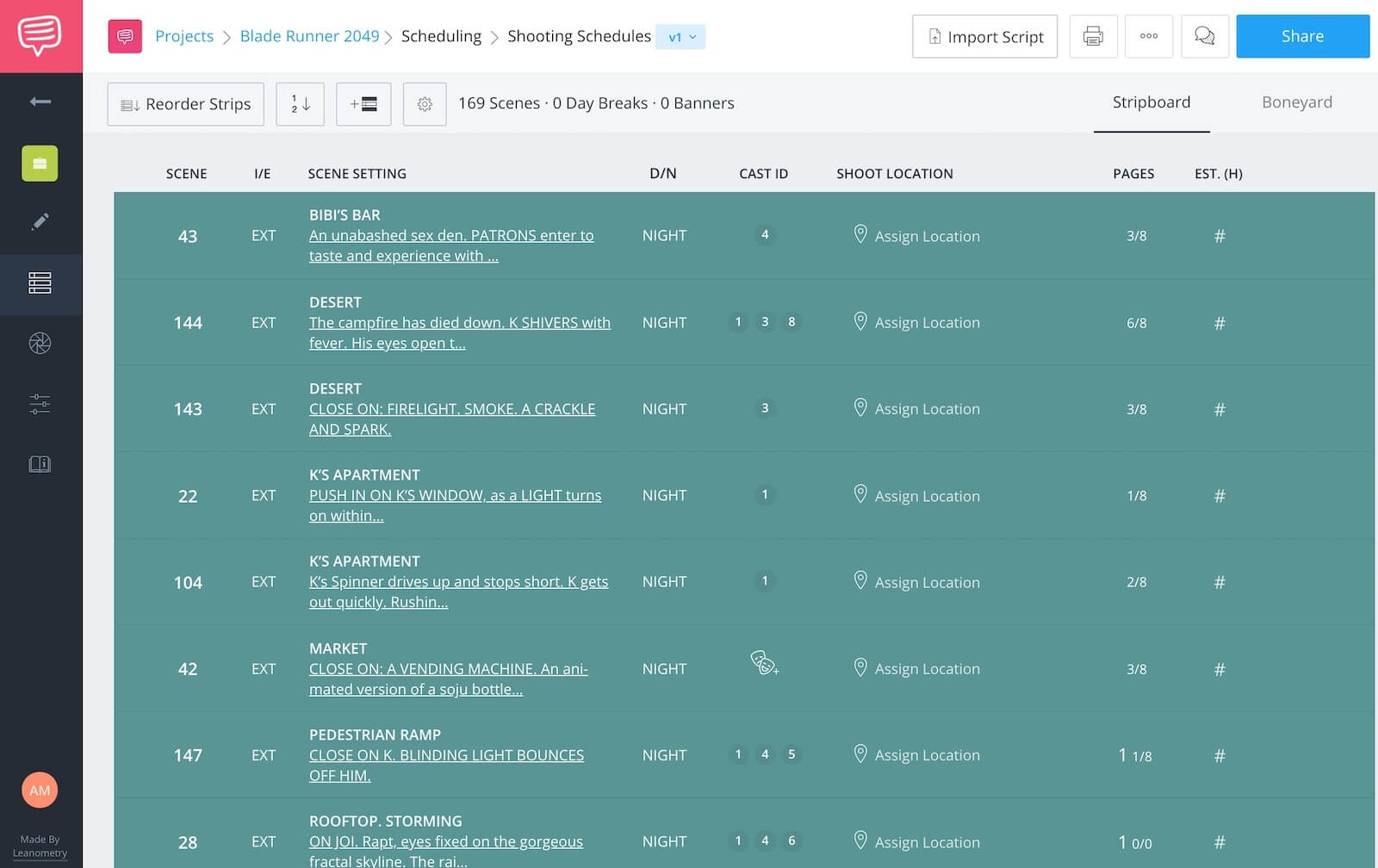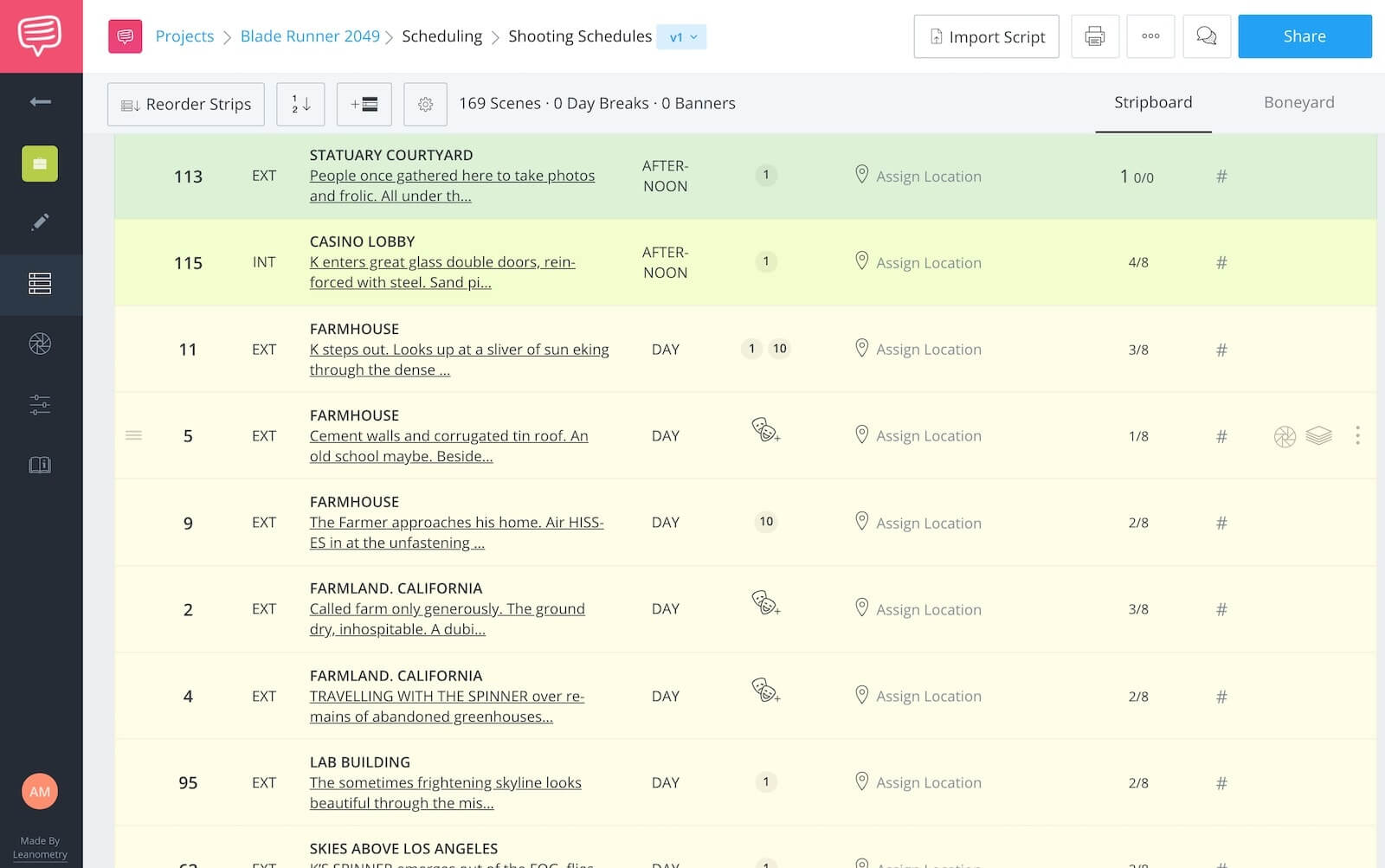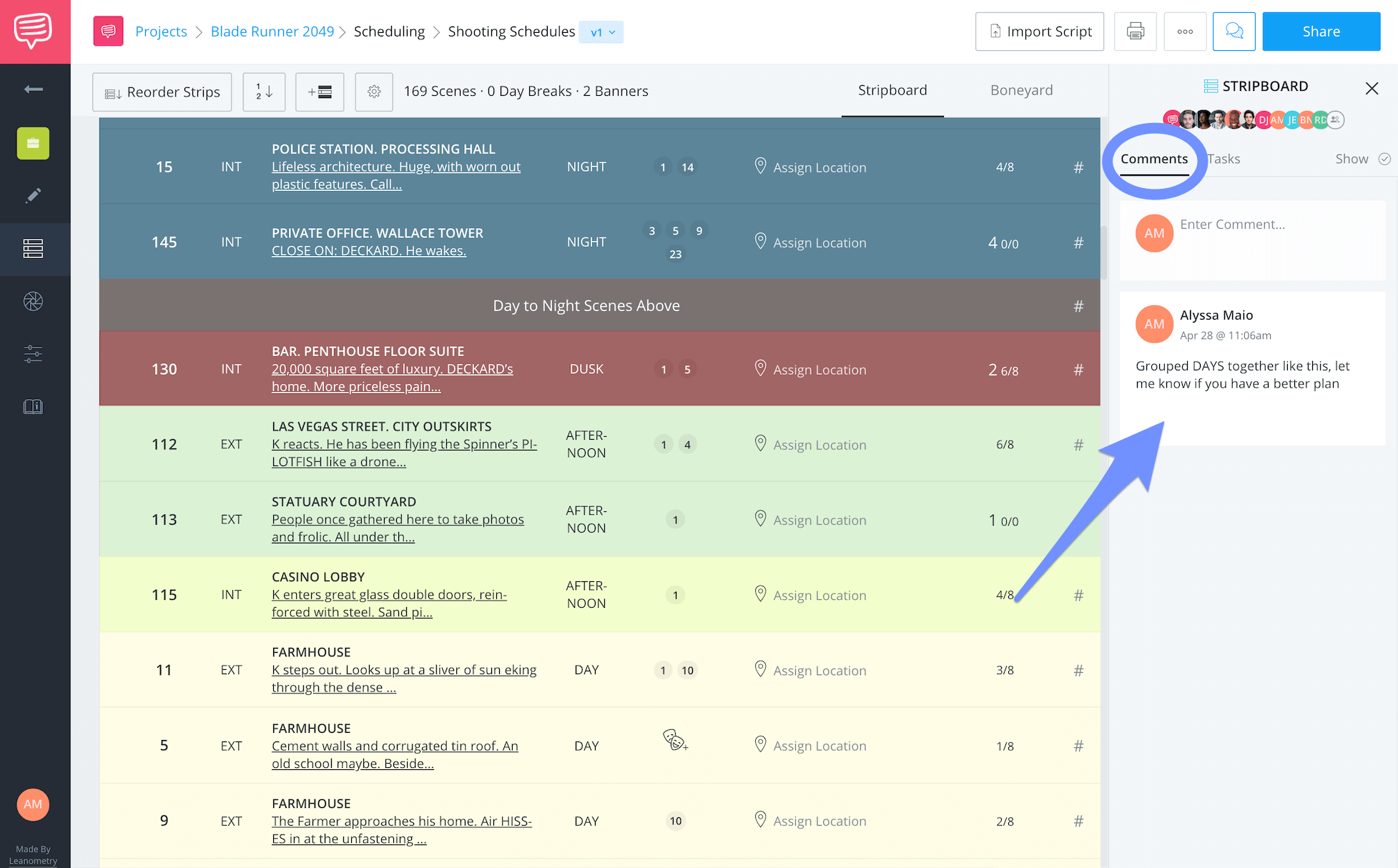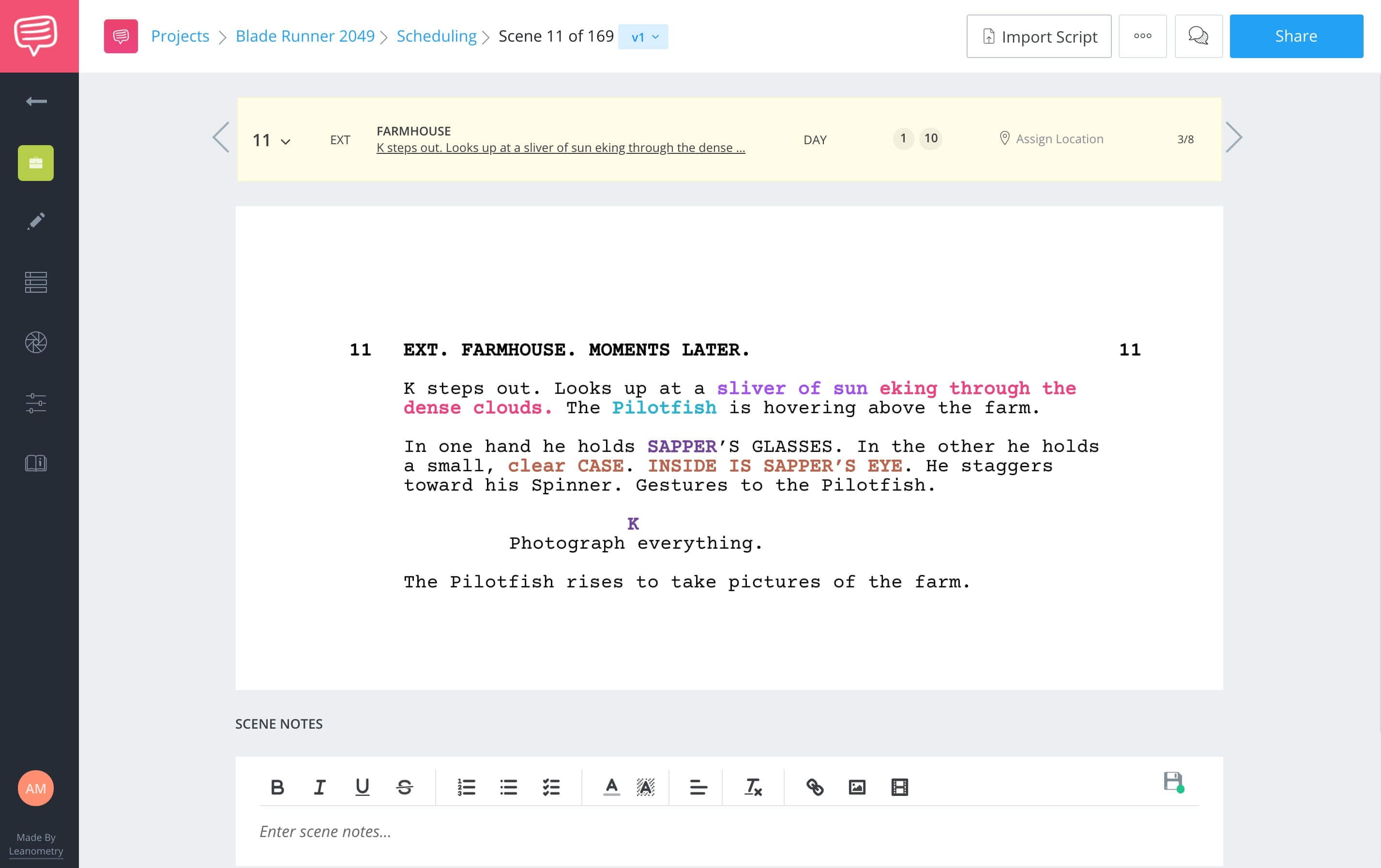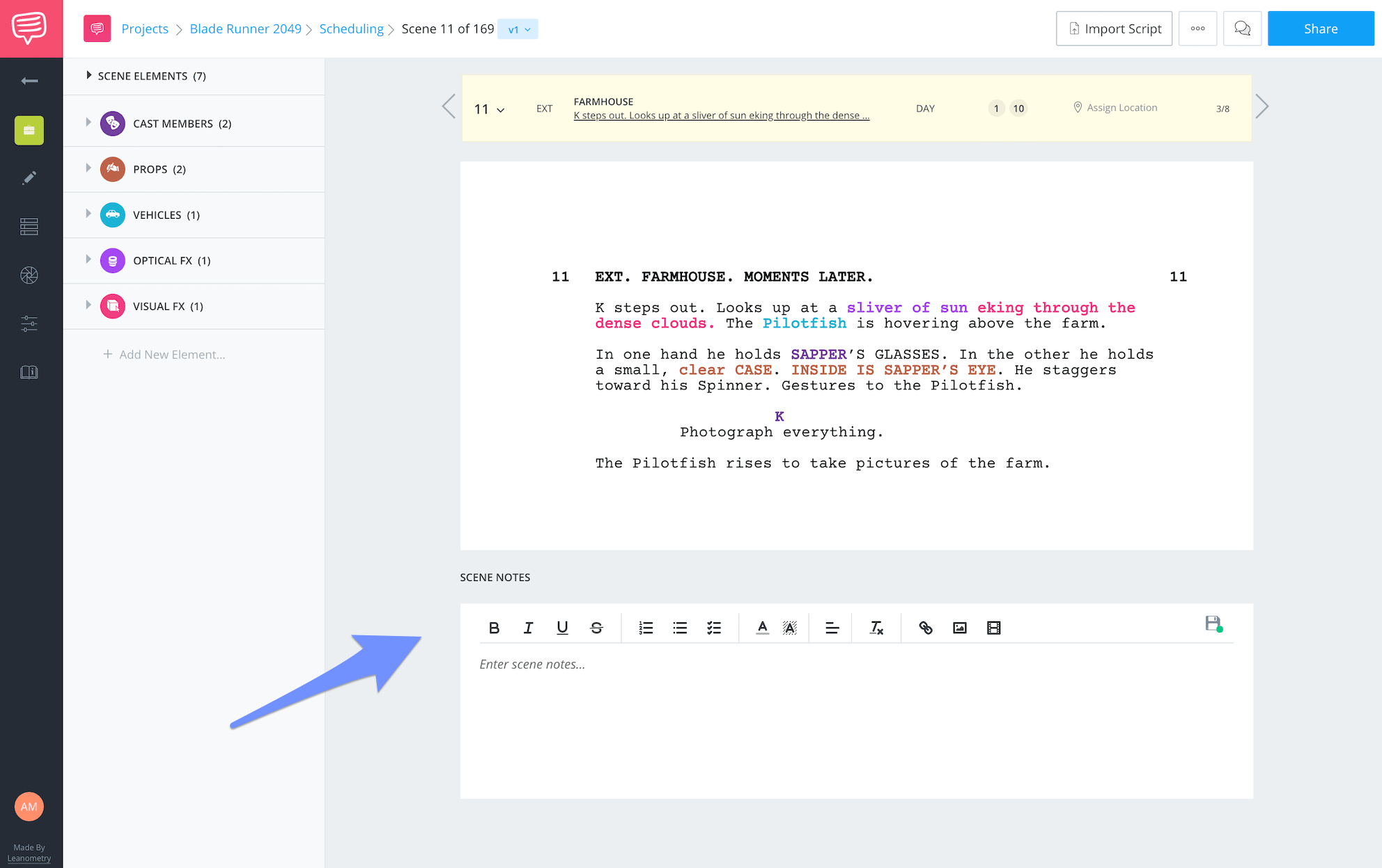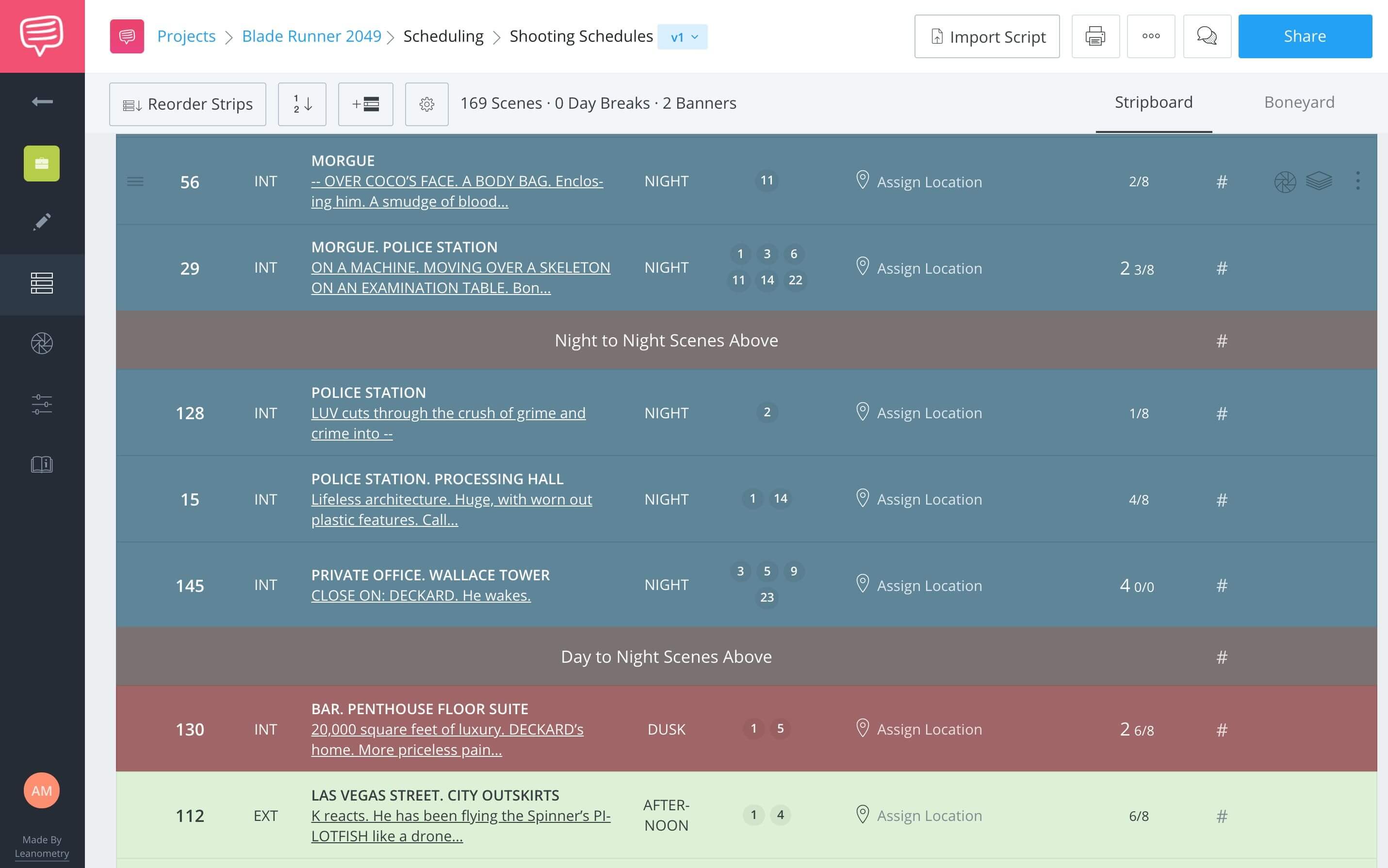There are dozens of filmmaking techniques that require special consideration. From tracking shots to dutch angles, each of these cinematic gems helps to tell a story in a creative way. Each technique also comes with its own set of rules and logistics. One such technique that has evolved over time is Day for Night.
There are many ways to achieve this cinematic effect of Day for Night. But, that doesn’t mean that getting it right is necessarily a cake walk. This is especially true when it comes to scheduling. Come along as we take a look at everything you need to know about getting this technique down and ready for its close-up.
1. Defining Film Editing Techniques
1. What is day for night
Day for night. The first thing that comes to mind for many film buffs is the Oscar-winning film by French New Wave Master Francois Truffaut who helps to popularize the term. But in practical filmmaking, the technique has little to do with the film of the same name.
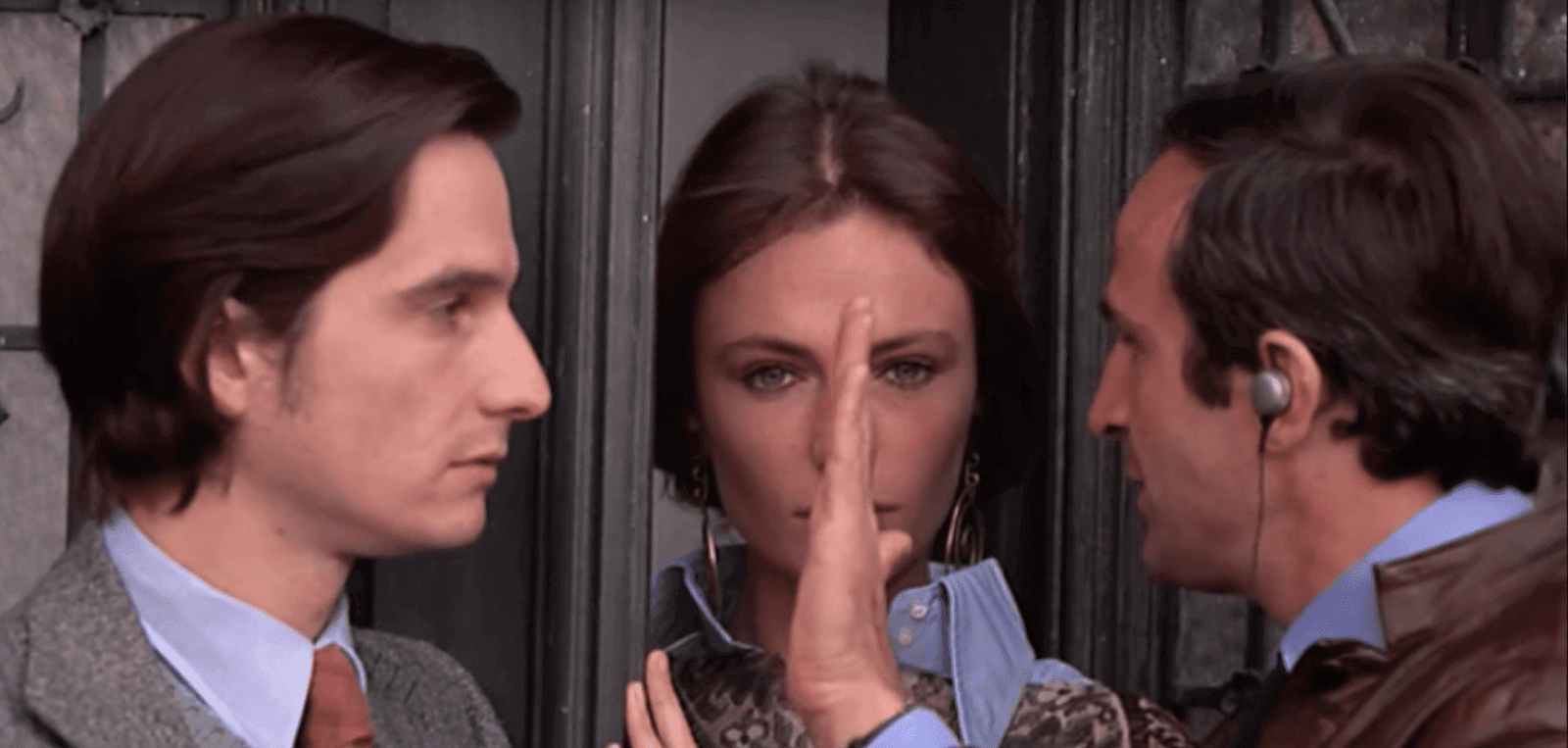
Francois Truffaut directs his actors including Jacqueline Bisset in Day For Night (1973)
While the technique definitely comes with its own logistical concerns, it has been used by some of the best filmmakers in the business.
The digital age has redefined how we apply and use the technique but it is still important to know what it is and how best to use it.
day for night DEFINITION
What is a Day for Night?
Day for Night is a set of filmmaking techniques where elements of photography are used to simulate the light of night while being filmed during the day. Day for night has been used since the earliest days of filmmaking. There are many ways to achieve the technique but most recently digital filmmaking has rendered the process much less time consuming.
Why do filmmakers use day for night?
- When the schedule and availability of the talent or crew is a major consideration
- When the schedule is set for day shooting and there is no room for digression
- As an artistic or creative choice
There have been many examples of the technique in film. One of the most memorable has to be from the blockbuster film Jaws (1975).
The scene above was filmed in the day. But the scene would not have read nearly as well, had it not been presented at night.
Day for night is used when the cost or scheduling of shooting at night is prohibitive to filmmakers. It is rarely an artistic choice to use day for night as there is usually a very brief window that allows for the effect to be achieved.
Steps to Scheduling
2. Nights to remember
So what is the most practical approach when scheduling a day for night shoot?
Why don’t we take a hands-on approach by looking at one of the more visually stunning films of all time, Blade Runner 2049.
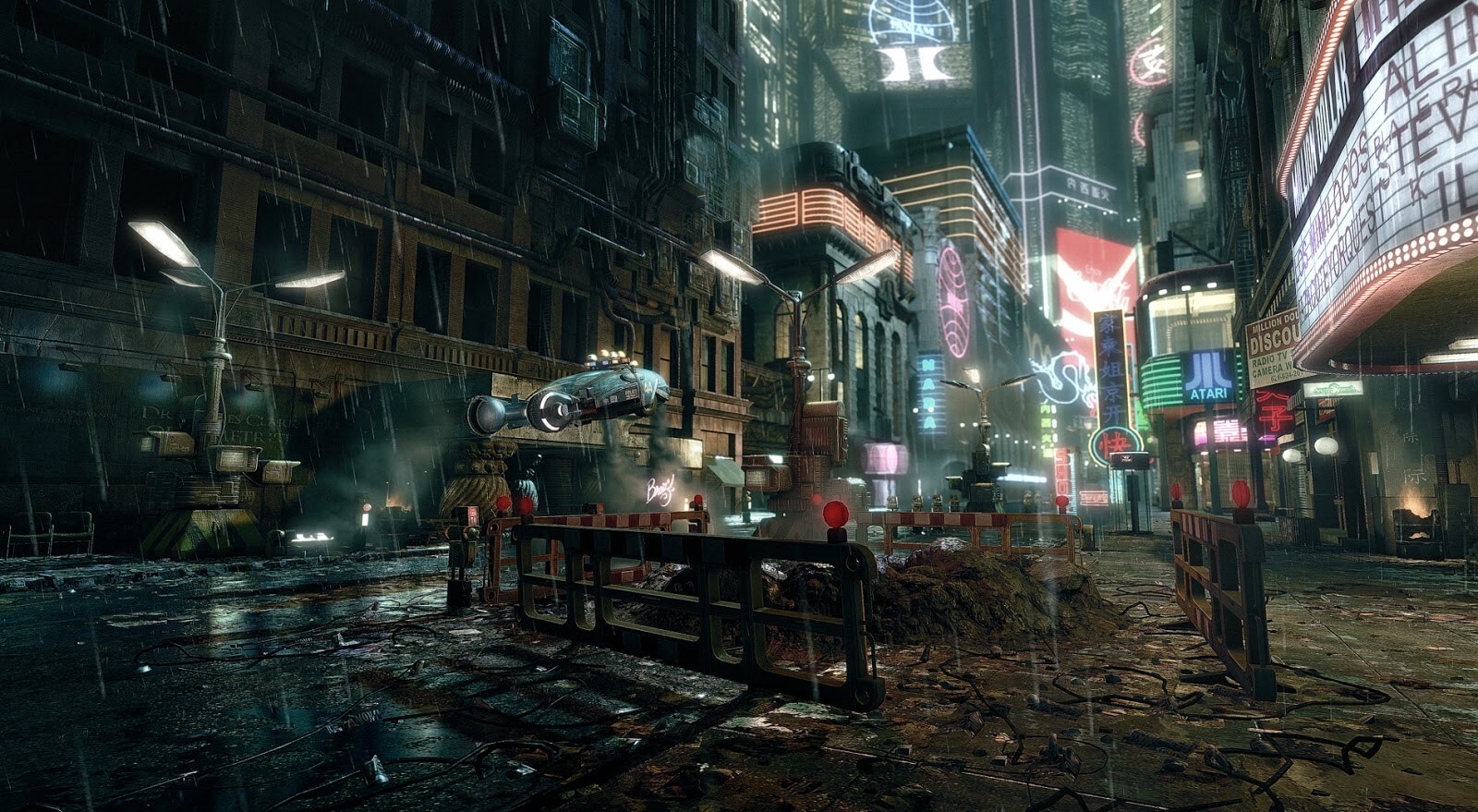
Denis Villeneuve and Roger Deakins created a world using Day For Night
The film takes place in a dystopian future where most of the movie appears to be in low-light. It is an entire world literally built on the principal of day for night.
So let’s start by importing the script into StudioBinder so we can take a good look. Once you've done this, get ready to make use of the scheduling features.
StudioBinder's stripboard makes it easy to see how many scenes will be shooting in the actual night and which scenes will be using the day for night technique.
Once you’ve imported your script, and the stripboard is generated, then the real fun begins.
Before we started, let's get some perspective on what had to happen in order to get the look the director Denis Villeneuve wanted.
If you thought the original Blade Runner was a dark, dark world, Blade Runner 2049 won’t shed any new light. It is day for night all the time.
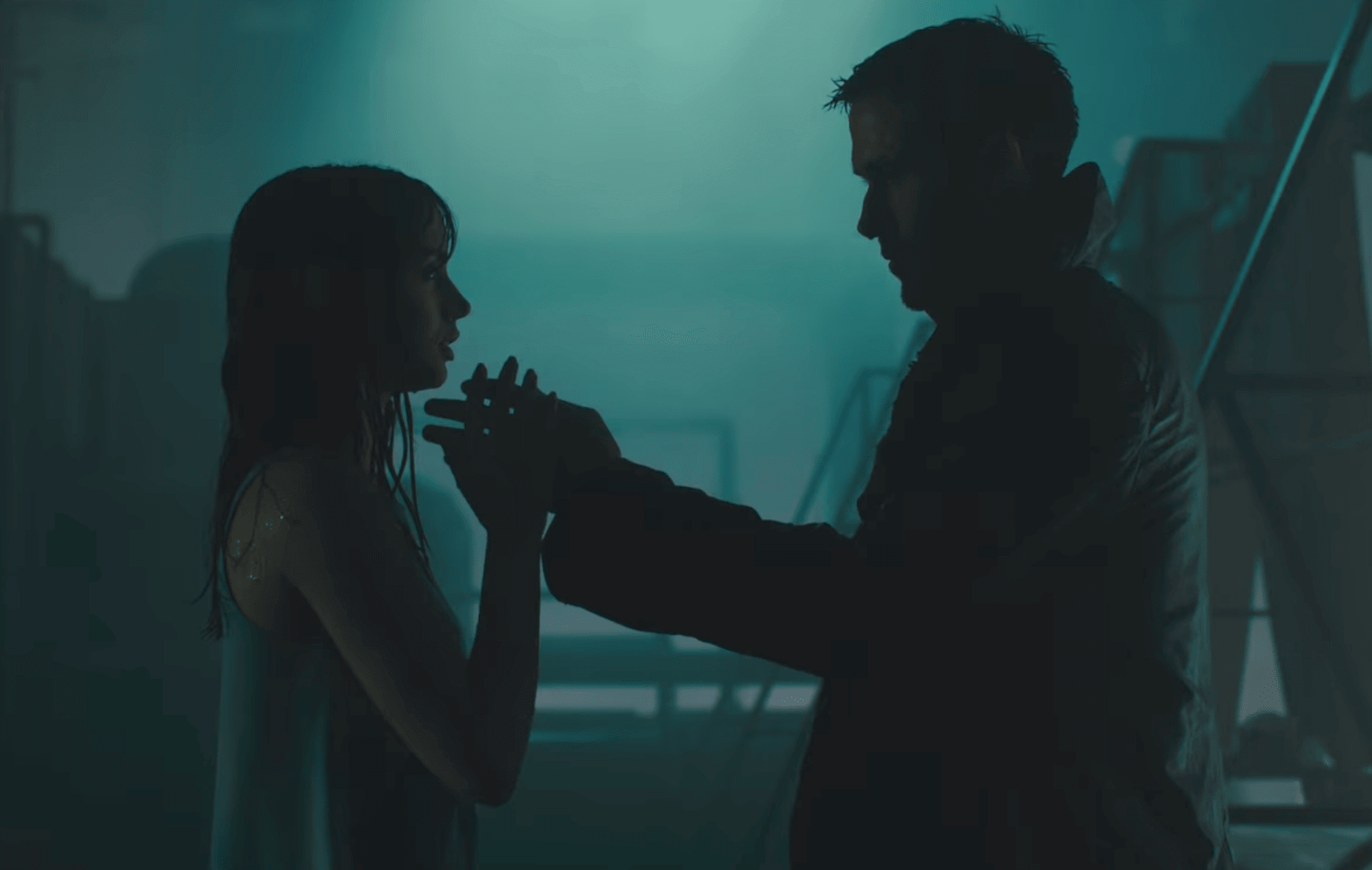
Limited daytime scenes in the film
So, let’s start scheduling our day for night.
STEP ONE:
REORDER YOUR STRIPS. Using stripboards is the most efficient way to organize your scenes and create the breakdowns you need to schedule appropriately.
Shooting day for night isn’t the most natural film technique, so organization is key. Getting our strips in order at the start, will smooth out the whole production process.
Another important reason to reorder, is for scheduling purposes. Once you know the days you’ll be using day for night shots, you can schedule them in an order that makes sense.
If you're using this technique over a long period of time, it is important to know the days you will need to schedule the technique.
Let’s look at the reordered strips.
Every scene heading is laid bare. It’s a good idea to scroll through the stripboard at this point and get a sense of what it is you’re working with. Then, you can move on to the next step.
STEP TWO:
GROUP THEM TOGETHER. The wall of color means that we have every scene heading that has the specific time of day, night or something in between, and we can schedule them in a uniform manner.
They are grouped together by this color, however you really want to take the like scenes, those that may not need the day for night scheduling and group them separately so that you are only working with the scenes that you know will require the special consideration.
Make use of the comments and notes when grouping to clearly explain why and how you are making considerations.
If you want a little more on Blade Runner, explore the set below:
STEP THREE
BREAKDOWN THE SCENES. Breakdown the scenes as you normally would. But now, the emphasis will be on the locations.
We'll use StudioBinder's script breakdown feature to tag and highlight everything you need for the scene.
It is okay to backtrack here in the grouping as you will definitely see locations that will require the use of day for night.

One shot of the farm in question
STEP FOUR
USE YOUR NOTES (AND COMMENTS). Emphasizing what process you will take to bring your day for night to life is essential once you have decided how to go about achieving the effect.
The notes in the breakdown here informs the production team of several areas that need consideration.
Primarily, how when and why we’ll need to consider day for night shoots.
STEP FIVE
USE YOUR BANNERS. The banners will alert your cast and crew to changes in the schedule, marking the scenes for their day.
Banners are useful for grouping and can also mark day breaks, or even highlight special equipment needed.
RELATED POSTS
Shot in The Light
3. How to shoot a day for night
Before there was Blade Runner 2049, there was the original directed by Ridley Scott. The original Blade Runner (1982) wasn’t a very different story when it came to the perfection of day for night photography. Though it was more out of necessity than artistic consideration.
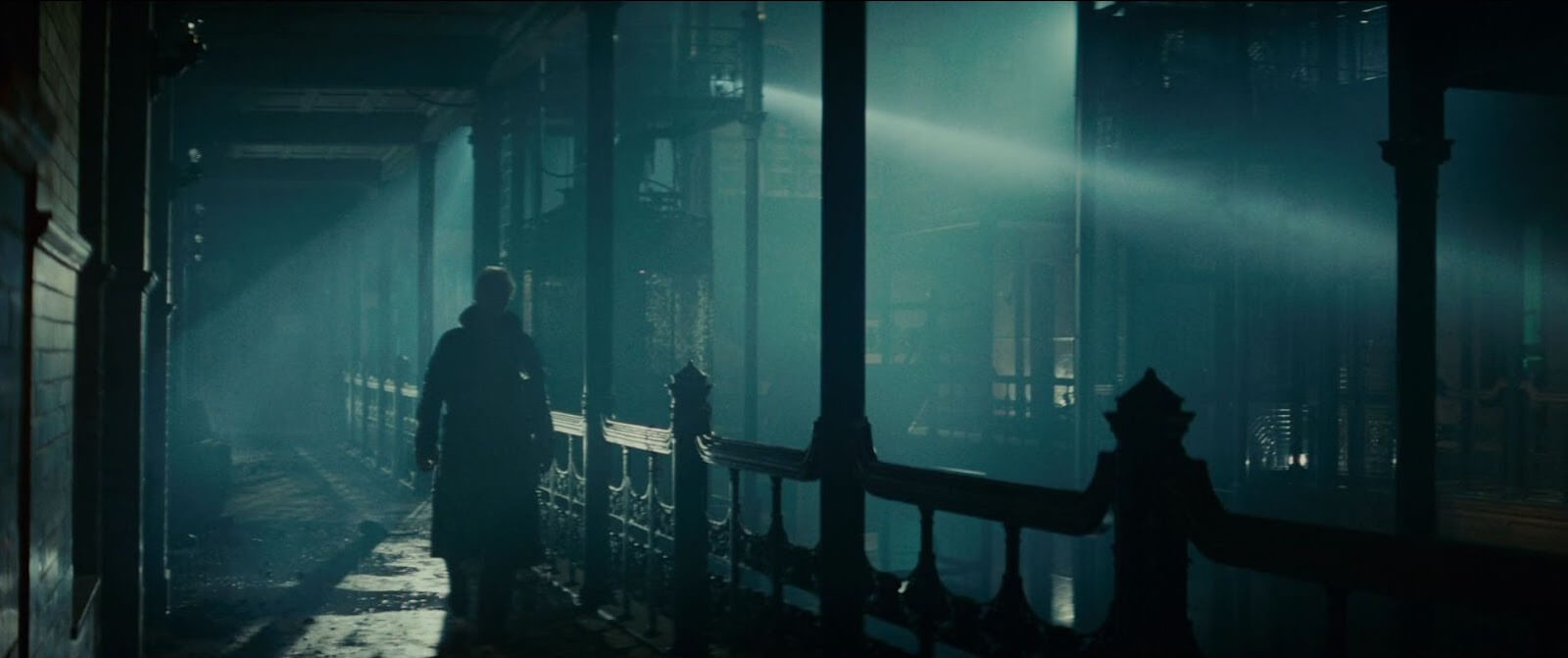
It was a dark and stormy night on Blade Runner (1982)
Most of the original film had to utilize the technique of day for night for long stretches of time. In fact it is easy to see that they more than perfected the look way back then.
quote
“We had to light from the floor or through the windows. There’s a lot of night photography lit through windows. The sources would vary. They could be anything including searchlights, signs, direct light, indirect light, colored light, or lightning.
— Jordan Cronenweth (Cinematographer - Blade Runner)Again, there are many ways to achieve the effect, and oftentimes in films like Blade Runner and Blade Runner 2049, it is a combination of techniques that gets the desired look.
StudioBinder provides an entirely free masterclass on filmmaking techniques from setting the mood with visual contrast, blocking actors, to even knowing how to elicit emotion through color. You can take advantage of this whole series, if and when you're ready to become a better filmmaker.
Let's get back to day for night.
SHOOTING DAY FOR NIGHT
TIPS FOR SHOOTING DAY FOR NIGHT
- Backlight your subjects.
- Shoot during golden hour (Sunrise or sunset).
- Use a Polarizer.
- If you must show the sky understand when you can.
- Remember Color Grading and Post Processing can contribute to the effects.
- If you must film day for night, try to film on an overcast day, don’t show the sky.
- Tungsten, white Balance Setting or darken with your iris or shutter. Apply a blue solid and video layer, reduce saturation on the main video footage.
Ultimately, with technological advances, the consideration to use day for night, is much less pressing. It comes down to financial and scheduling consideration more than ever.
Knowing that you have many ways to go about achieving the effect makes it an exciting time in film production.
RELATED POSTS
Up Next
How to schedule a fight scene
Day for night can seem like child’s play when it comes to the complexity of scheduling an entire film shoot. When it comes to more complex shots, the plot will definitely thicken according to the needs of your shoot. Next up we’ll show you the ins-and-outs of complex fight scenes and choreography so that you are ahead of the curve.
